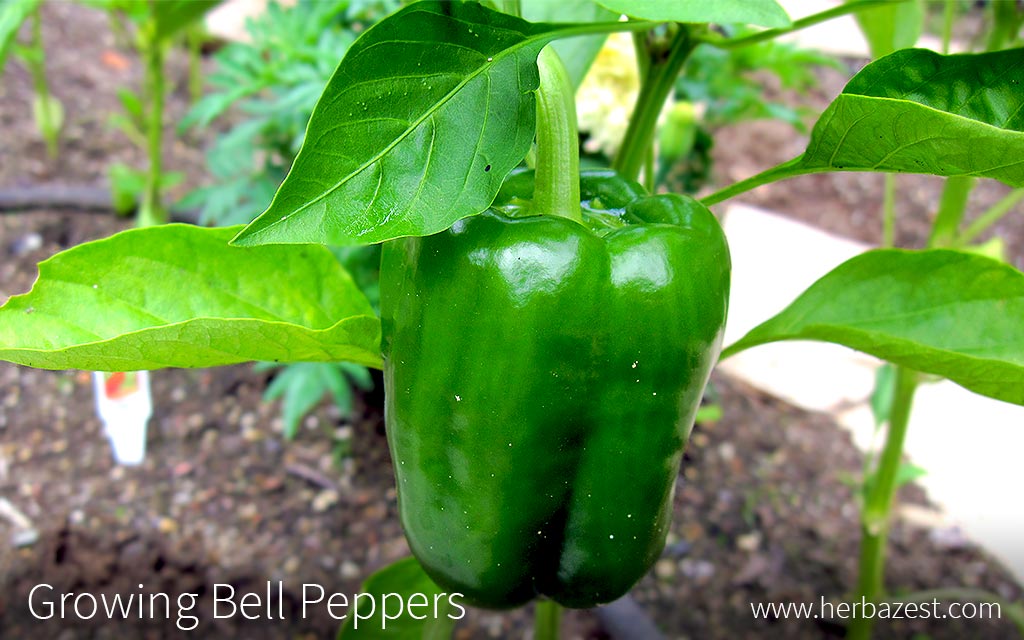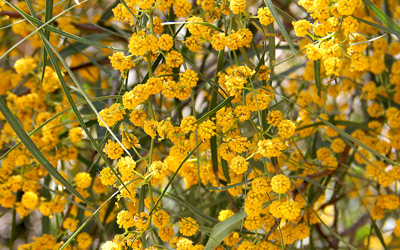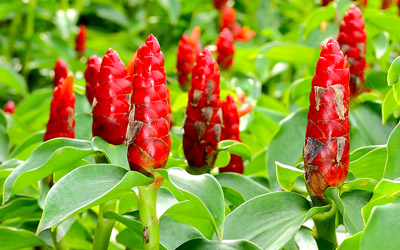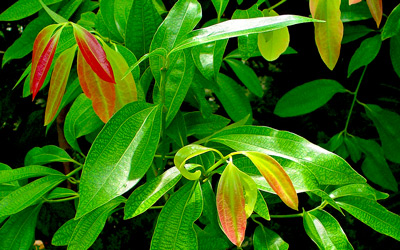Bell peppers are grown and enjoyed across the world, as they can endure a range of environments. They will behave differently, however, depending on the conditions to which they are exposed. These easy to follow growing guidelines will help you to cultivate healthy bell peppers in your own garden.
1. Preparing the Soil
Bell peppers can be grown in a wide range of soils, but they will grow best in well-drained, clayey loam soil. This crop can also be grown successfully in sandy loam soils as long as they are heavily composted. A layer of organic mulch is beneficial, as this will help the soil to retain moisture for the plant to use as necessary.
Bell peppers are very adaptable and can be grown with a pH level of 5.0 - 9.0, though the ideal pH for better yield and fruit quality is 6.0 - 6.5.
2. Planting
Planting Bell Peppers Outdoors
Once they are ready to be transplanted, it is recommended to position bell pepper plants in a sunny spot. They can tolerate partial shade but will thrive with plenty of light - at least six hours per day.
The spacing between bell pepper plants will depend on the type of soil. Heavy soils require more space than medium and light soils. However, ample room for growing will produce higher yields, so an average of 12 inches (30 cm) between the plants is advised.
Planting Bell Peppers Indoors
Bell peppers should begin cultivation in a sunroom or greenhouse where they are protected from cold temperatures.
Seeds should be planted in individual pots and be kept in a warm environment until germination. This should occur at around 70°F (21°C) about two weeks after planting. When the seedlings are between six and eight weeks old, they can be transplanted to garden soil, which has been warmed naturally by the spring weather.
If preferred, it is possible to fully cultivate bell peppers indoors, but the plants will need to be watered and treated with fertilizer to help stimulate growth in order to make up for the limited sunlight they will receive.
3. Plant Care
Watering
It is important to regularly water bell pepper plants, as they require a fair amount of moisture. If possible, the soil should be kept evenly moist to a depth of around six inches (15 cm).
It is especially critical to ensure the plant receives enough water while the fruits are developing. One way to do this is to add a layer of mulch, which will act as a barrier for weeds and help retain moisture.
Fertilizing
Bell peppers can benefit from the use of a fertilizer. When the plants are young, it is advisable to use a general, balanced type, but when they start to flower, it is recommended to apply a fertilizer high in potassium.
Pruning
Bell pepper plants continually grow new stems and leaves; therefore, regular pruning is necessary to ensure that energy goes into healthy fruit production rather than general expansion of the plant.
Individual plants will develop three stems, and it is advisable to remove the weakest one when they are around one week old. After this, the plant should be monitored throughout its life, and pruned every two weeks or so.
Any infected leaves or fruit should also be removed when first seen.
Weed Control
Weeds can be somewhat avoided by the use of a plastic sheet or a layer of mulch. Otherwise, herbicides can be used; however, it is important to thoroughly wash and sanitize the fruit before consumption if they have come into contact with these. Ultimately, removing weeds by hand is the safest way to get rid of them.
Bell peppers should be protected from low temperatures and harvested before frost may set in. It is possible to cover the soil with plastic - cut holes for the plants - to keep an appropriate temperature and help prevent the growth of weeds.
4. Pest & Disease Control
Bell peppers are susceptible to a few diseases and pests. Knowing what to look out for is advantageous because it means they can be treated early on, minimizing both damage and spread.
Pests
Aphids frequently feed on bell pepper plants, causing deformities and stunting growth. They can be removed by hand or applying an insecticide; if the latter, care should be taken to thoroughly wash the peppers before consumption.
Another pest to be aware of is the pepper weevil. These small beetles will penetrate the skin of the fruit, causing deformities and holes. It is advisable to remove the infected areas in order to avoid further spread.
To limit the presence of pests, proper plant spacing is important to ensure that bell peppers are not crowded and to allow enough air circulation. The use of herbicides, plastic sheeting, or organic mulch can also be helpful.
Diseases
Several bacterial diseases are fairly common in bell pepper plants. These include bacterial wilt, bacterial leaf spot, Fusarium wilt, Pythium root rot, Cercospora leaf spot, southern blight, and anthracnose.
These can be somewhat avoided by ensuring that the plants receive ample air circulation and that they don't stay wet for a prolonged amount of time. It is also recommended to rotate the plants, growing them in different locations after each season, for around three years.
Applying a powdered milk solution to severed stalks after pruning will help to counteract viruses that can occur in vulnerable areas. The use of herbicides can also be effective; otherwise, the best defense is to remove infected plants so that the disease cannot spread.
Wildlife
Many wandering mammals will eat bell peppers, including rabbits, squirrels, and foxes. Birds will also eat the fruits, and then spread the seeds.
5. Harvest
Bell peppers will be ready to harvest around 70 - 85 days after they have been transplanted outside. By the time they are harvested, bell pepper fruits should be around four by six inches (10 x 15 cm) in size. They should feel firm to the touch, with a bright green or yellow color. If they are left on the vine until they turn red or orange, most varieties will become sweeter and their content of vitamins A and C will increase.
To avoid damage to the stems, bell peppers should be cut rather than pulled off.
6. Storage
It is recommended to store bell peppers in a cool environment as soon as possible after harvesting in order to prolong their shelf life. At an ideal temperature of 45 - 50°F (7 - 10°C), the fruits will last up to three weeks.
If preferred, bell peppers can be dehydrated for later use. The fruits should be cut and the seeds removed; then, the pieces should be placed on a rack at a temperature of about 135°F (57°C) for around 4 - 12 hours. They will be ready when their skin becomes leathery and tough. Once dried, bell peppers can be used to make tea, tinctures, and other various medicinal preparations.
With moderate care and attention, bell peppers can be easily cultivated in most environments. This plant is widely valued as a tasty addition to a vegetable patch, as well as for its many health benefits.





